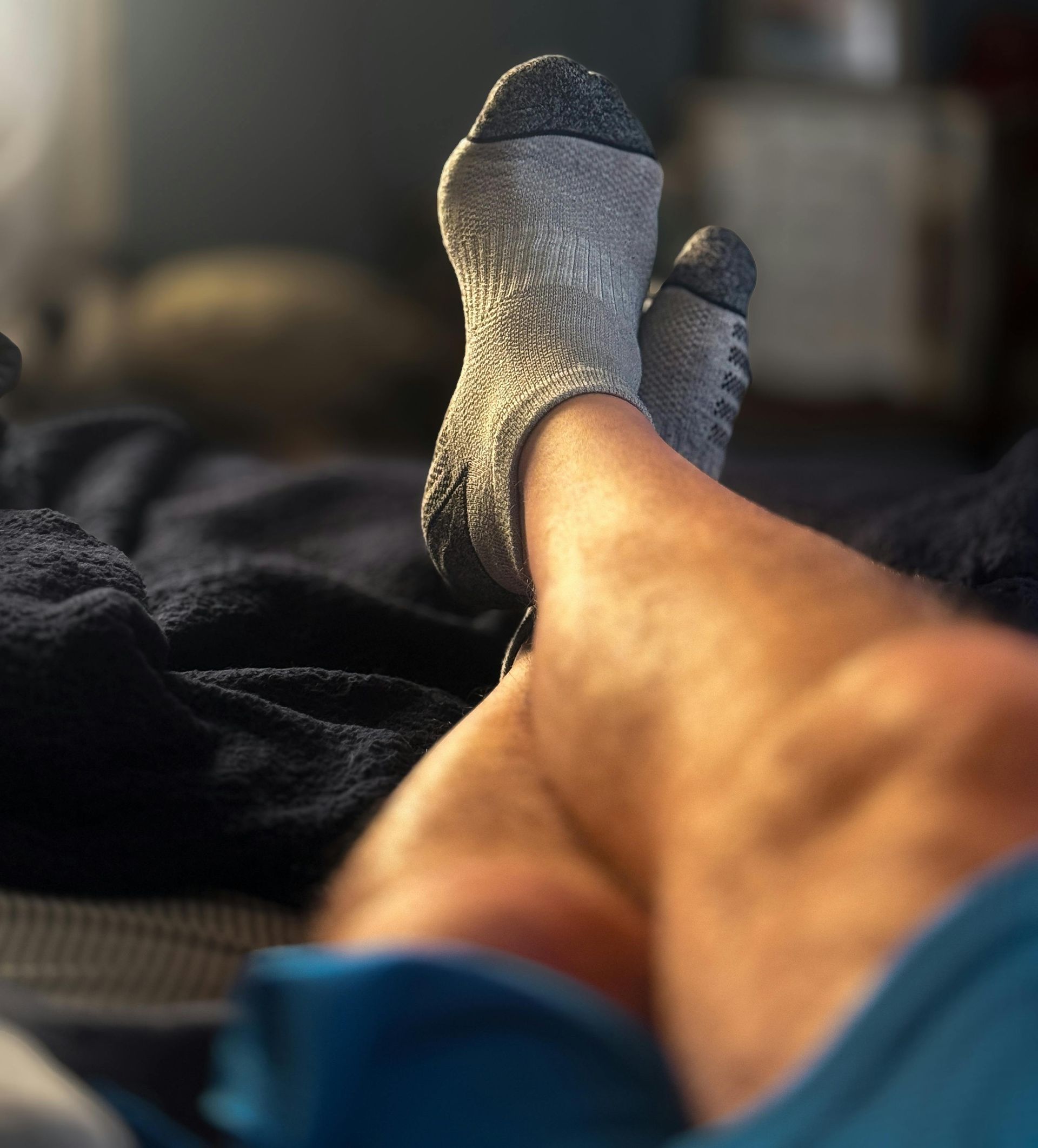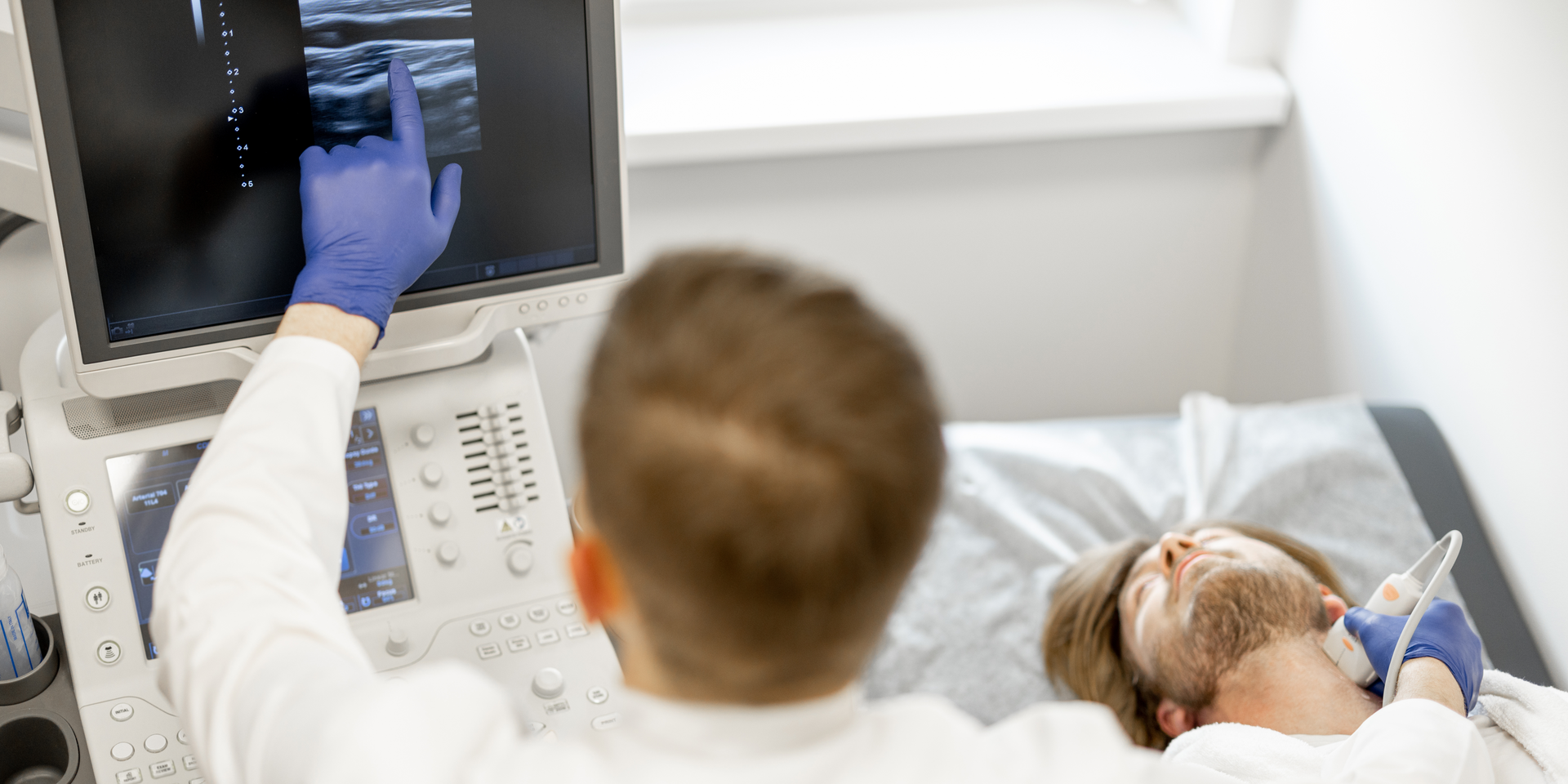10 Signs You May Have Poor Circulation
Good circulation is vital for delivering oxygen and nutrients to your body’s tissues and organs. Poor circulation can indicate underlying vascular conditions, such as
Peripheral Arterial Disease (PAD),
Chronic Venous Insufficiency (CVI), or
Deep Vein Thrombosis (DVT). Identifying the signs early can help prevent complications and improve your overall vascular health.
1. Cold Hands and Feet
Feeling cold in your extremities, even in warm environments, can indicate restricted blood flow, often linked to poor circulation or narrowed arteries.
2. Swelling in the Legs or Ankles
Fluid retention, particularly in the lower legs, may result from venous insufficiency or heart-related issues, where blood struggles to return to the heart efficiently.
3. Numbness or Tingling in the Limbs
Pins and needles or persistent numbness can occur when blood flow to the nerves is reduced, commonly associated with diabetes or PAD.
4. Leg Pain or Cramping During Walking (Claudication)
If you experience pain, cramping, or heaviness in the legs while walking or exercising, it could be a sign of PAD caused by narrowed arteries limiting blood flow.
5. Discolouration of the Skin
Pale, bluish, or reddish skin tones in certain areas, particularly the legs or toes, may indicate reduced circulation and oxygen supply.
6. Slow-Healing Wounds or Ulcers
Cuts, sores, or ulcers, particularly on the legs or feet, that take longer than normal to heal may suggest poor circulation or an underlying vascular condition.
7. Hair Loss on the Legs and Feet
Diminished hair growth on the legs or feet may be an early sign of reduced blood flow, often linked to PAD.
8. Fatigue or Weakness in the Limbs
A lack of energy or strength in your arms or legs may result from reduced blood supply to the muscles, causing them to tire more quickly.
9. Varicose Veins
Bulging, twisted veins on the legs may indicate venous insufficiency, where blood struggles to flow properly back to the heart.
10. Pain or Swelling in One Leg
This could be a sign of Deep Vein Thrombosis (DVT), a blood clot in a deep vein. If accompanied by redness or warmth, it requires immediate medical attention.
What Causes Poor Circulation?
Poor circulation can develop due to a variety of conditions, including:
- Peripheral Arterial Disease (PAD): Narrowing of the arteries due to atherosclerosis.
- Chronic Venous Insufficiency (CVI): Weak or damaged valves in the veins leading to poor blood return.
- Diabetes: High blood sugar levels can damage blood vessels and impair circulation.
- Smoking: Damages blood vessels and reduces blood flow.
- Obesity: Adds strain to the circulatory system and can lead to vascular problems.
What Should You Do?
If you experience any of these symptoms, it’s important to seek medical advice. Early diagnosis and treatment can prevent complications and improve your quality of life. Common tests include a Colour Duplex Ultrasound Scan to assess blood flow and identify any blockages or valve problems.
How We Can Help
At The Vein Surgeons, we specialise in diagnosing and treating conditions related to poor circulation. Our experienced consultants follow NICE and NHS guidelines to provide tailored care, including lifestyle advice, medication, and advanced treatments like Radiofrequency Ablation (RFA), Foam Sclerotherapy, and Endovascular Procedures.
Don’t ignore the signs of poor circulation. Contact us today to book your consultation and take the first step towards healthier circulation and improved vascular health.







